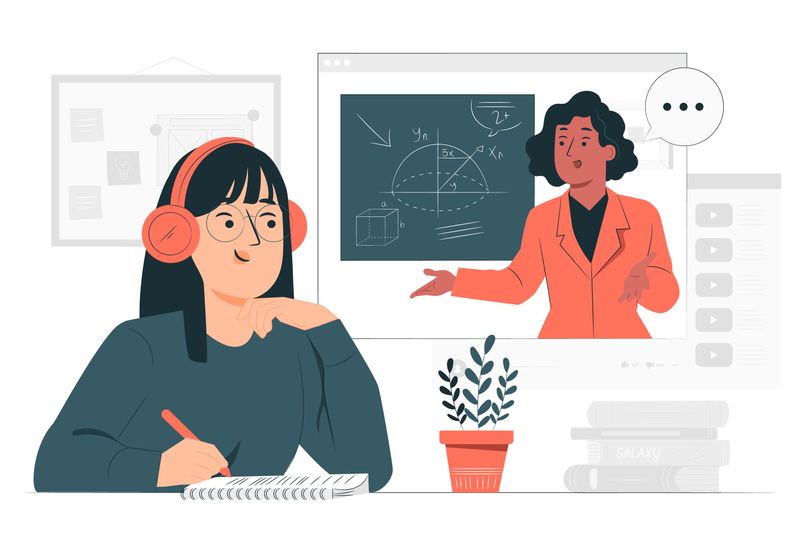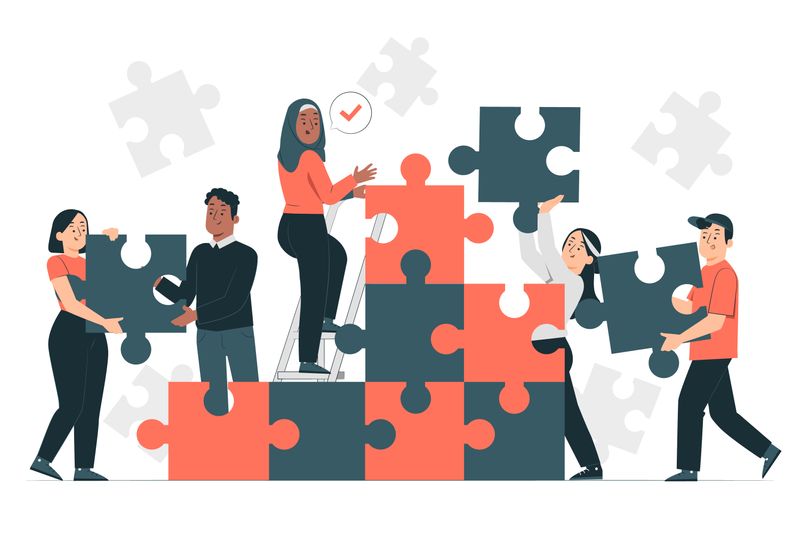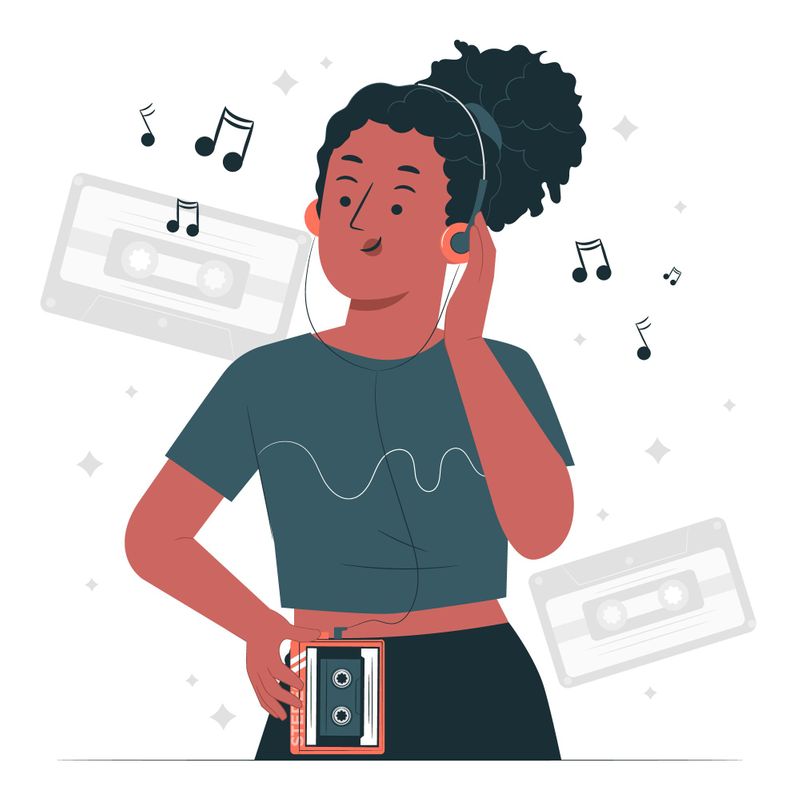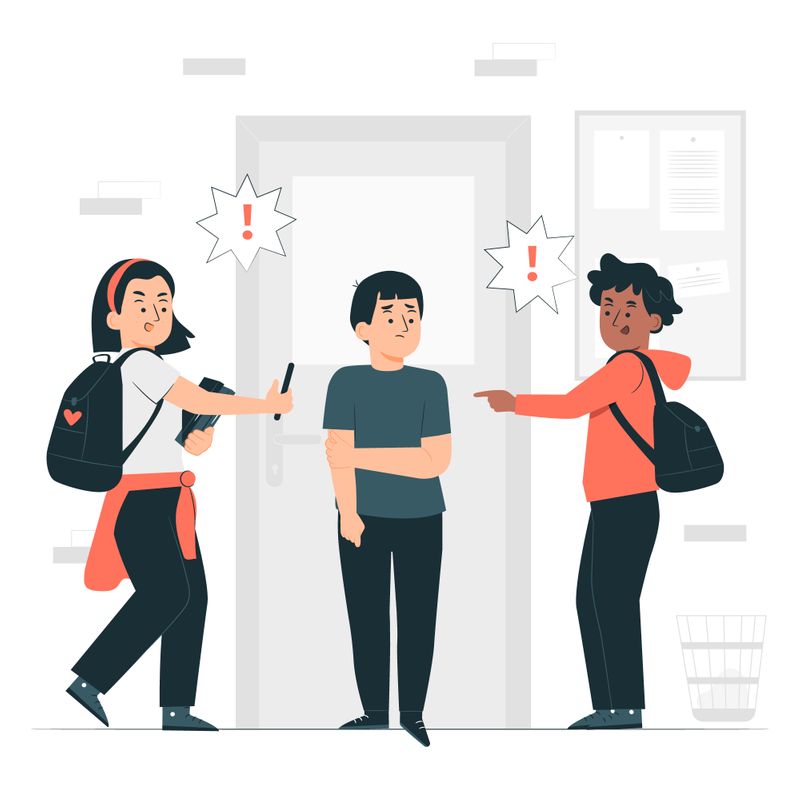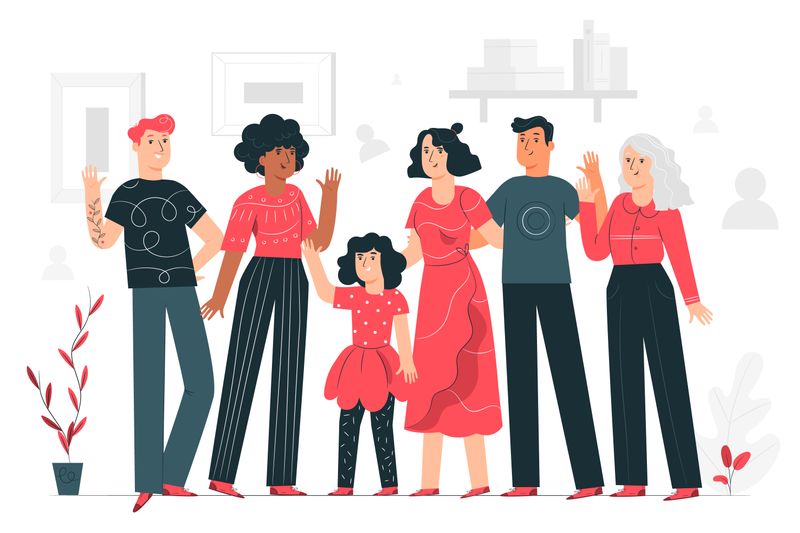
This logo isn't an ad or affiliate link. It's an organization that shares in our mission, and empowered the authors to share their insights in Byte form.
Rumie vets Bytes for compliance with our
Standards.
The organization is responsible for the completeness and reliability of the content.
Learn more
about how Rumie works with partners.
You don't have to be an expert to learn how to support an autistic student. Use the following strategies for effective intervention! 😀
What is autism?
Some common behaviors that students on the spectrum show are:
Unintentional rudeness by misspeaking or interrupting others in conversations
Seeming awkward by misreading social cues, body language, tone, or facial expressions
Dressing for comfort in sensory-friendly clothing that may not meet class expectations
Appearing disorganized by accidentally being late to class or missing deadlines
Overstimulation from sensory triggers such as classroom fluorescent lighting or bells ringing
Did you know?
The puzzle or jigsaw piece symbol has mixed reactions in the autistic community. Some aesthetically like the puzzle piece and find nothing wrong with it. However, historically many individuals on the spectrum feel that the jigsaw piece symbol negatively demonstrates that autistic people are "puzzling", mysterious or need to be fixed.
Quiz: Jamila
Jamila (they/she), is a student in your class who:
misreads the body language of classmates
is frequently late to class or misses deadlines
often interrupts others during discussions with many questions
wears comfortable clothing that doesn't always match the dress code
uses headphones and music to self-soothe during overstimulation
appears uncomfortable under bright classroom lights when they work
Quiz
Based on your understanding of autism spectrum disorder (ASD), how would you interpret Jamila's behavior?
While disruptive others during discussions may appear socially unacceptable and rude, this is a common characteristic of students on the spectrum. Also, it may not be a typical student behavior you see in class when a student is consistently not in dress code and often misses deadlines. It may seem like this student is intentionally not following rules by being disruptive or seeking attention. However, there may be more going on under the surface. Always seek to understand your students by having 1-on-1 conversations with them from a place of compassion and patience without judgment. You might have more in common than you thought!
What school experiences might an autistic student have?
An autistic student in your class may benefit from:
Detail-oriented assignments that allow for recalling event details or lesson specifics
Allowing class time for questions so students can ask for clarification on activities
Assignments with special interest topics that let students explore their favorites
What are more specific ways to support autistic students?
Autistic students are often visual learners and may benefit from:
Printed symbol images for activities, such as book symbols for reading time
A timetable or class schedule to show time duration of daily activities
Large clocks or timers that break down time for everyone
Short video demonstrations showing the class activity beforehand
 Do:
Do:
Create predictable environments
Use various visual supports
Give structured activities
Establish consistent routines
Communicate changes as they occur
Allow sensory tools, like headphones
 Don't:
Don't:
Change the physical classroom often
Use auditory instructions only
Give open-ended activities
Have too much spontaneity
Avoid communicating details
Restrict sensory tool use
Did you know?
Take Action
Did you know?
This Byte is for educational purposes only. Remember that a student's Individualized Education Program (IEP) can provide great insights on how to protect them from bullying and how to set them up for success in class. It's always recommended to refer to guidance provided by a student's support system, parent(s), legal guardian(s), and/or licensed professional team.
This Byte has been authored by
Melissa Carrillo
Instructional Designer & Accessibility Specialist
Master of Science (MSc)
